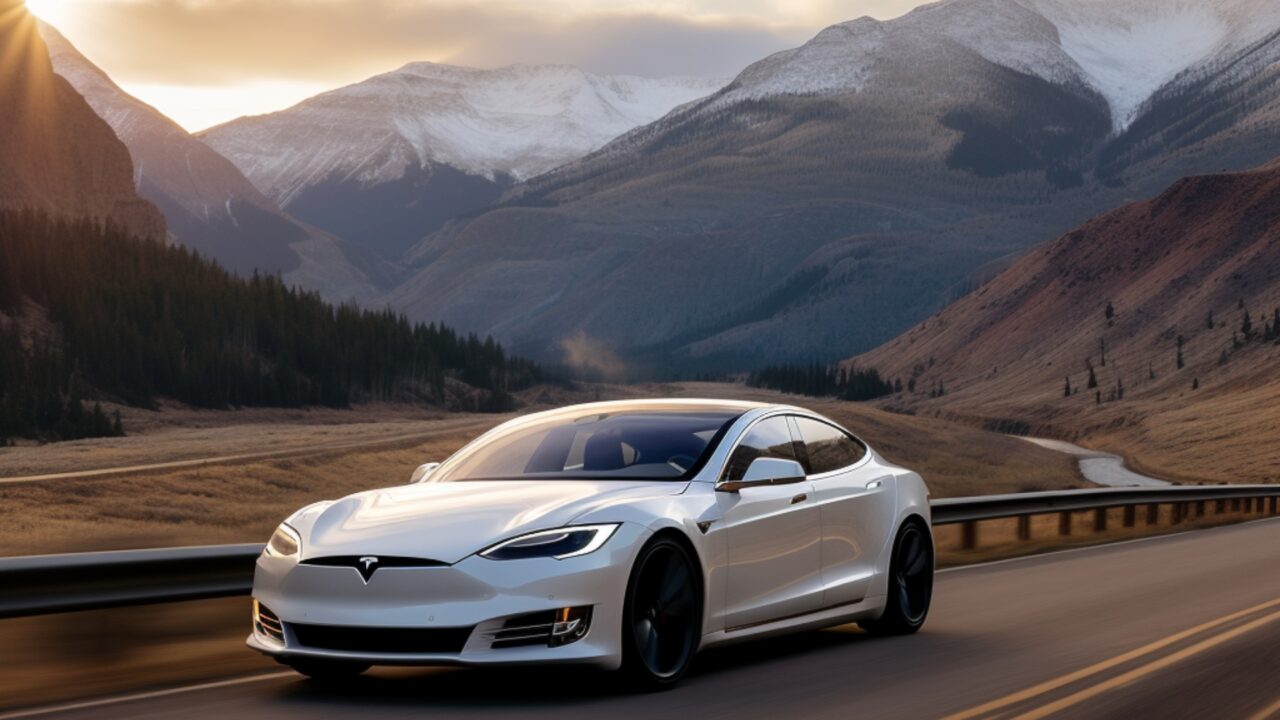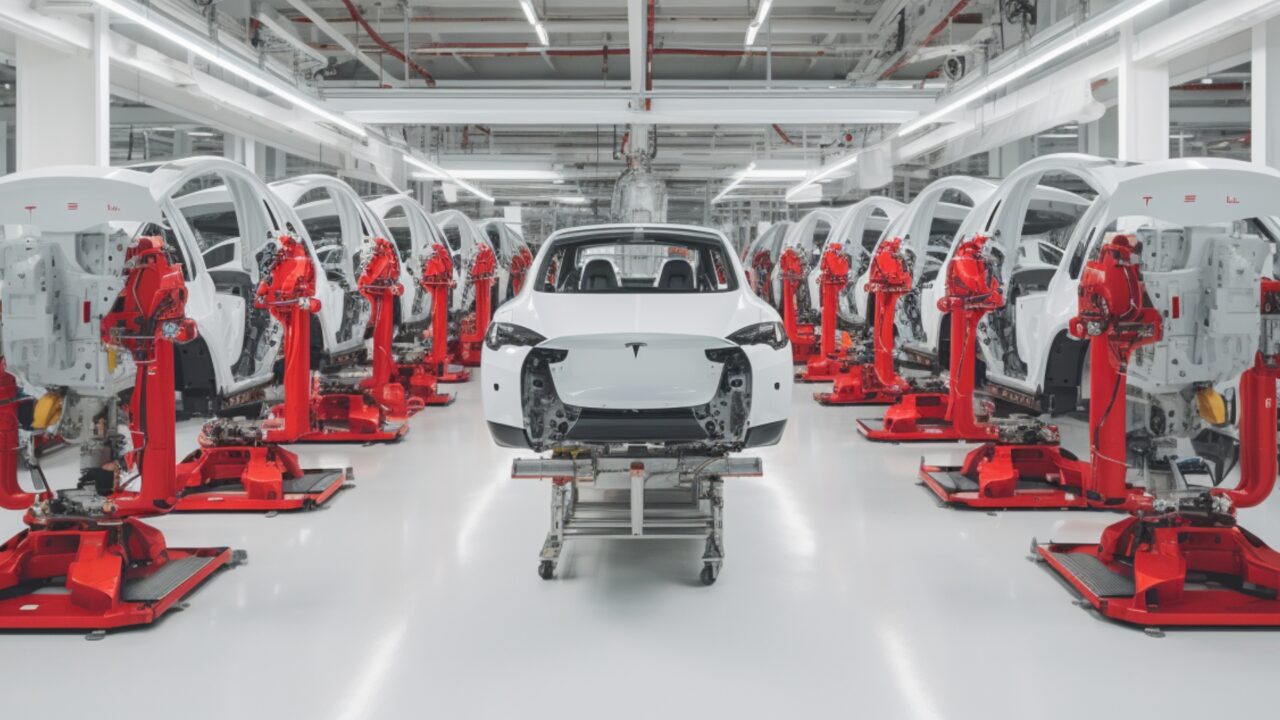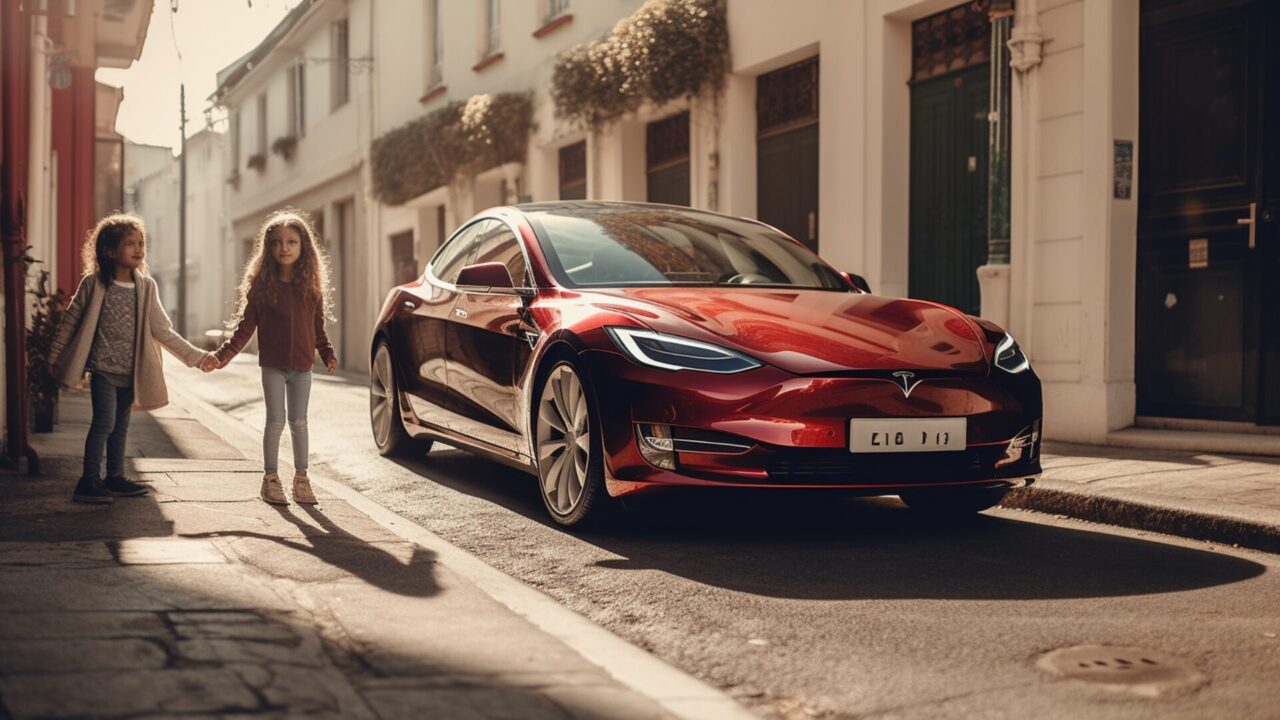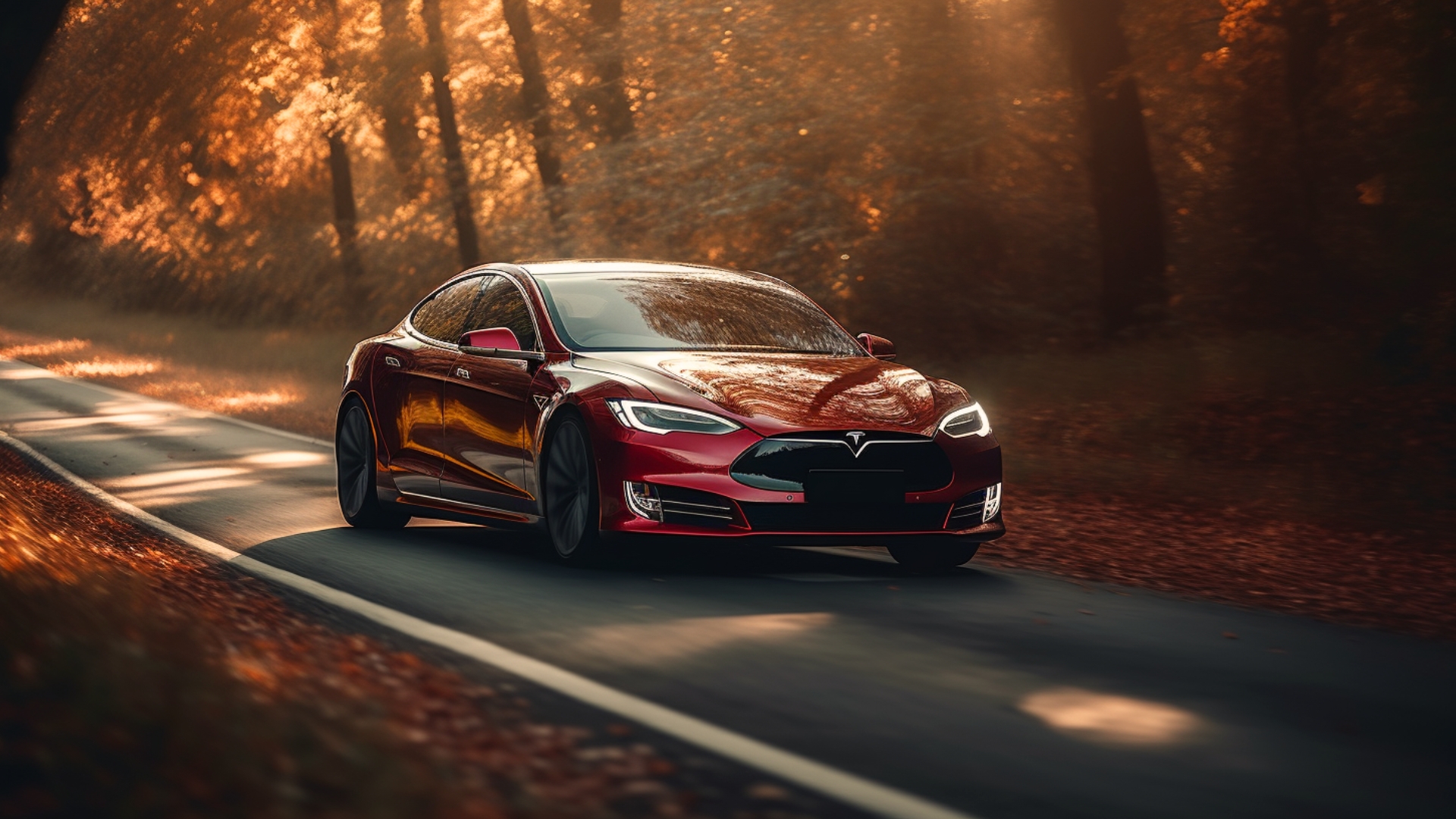Explore the revolutionary impact of Tesla on the electric car industry. Learn about the benefits of their electric cars, as well as the challenges the company has faced and how Tesla is shaping the future of sustainable transportation.
Tesla is a modern electric car company founded in 2003 by Elon Musk, JB Straubel, Martin Eberhard, Marc Tarpenning, and Ian Wright. The company’s main focus is to produce sustainable, environmentally friendly, and efficient electric vehicles. They are also a pioneer in renewable energy, energy storage, and solar panel technology. Their mission is to accelerate the world’s transition to sustainable energy.

History of Tesla
In 2008, the company released its first electric car, the Tesla Roadster, which was a high-performance sports car with a range of over 200 miles on a single charge. In 2012, they released their first mass-market electric car, the Model S, which quickly became a bestseller. Since then, the continued development of new models, including the Model X, Model 3, Model Y and the recently released Cybertruck has helped keep them at the forefront of the industry.
Tesla is a company that has been at the forefront of the modern electric car industry. And its mission is to accelerate the world’s transition to sustainable energy. Today, Tesla has become one of the most valuable companies in the world.
Benefits of Tesla
Tesla was founded with the goal of producing sustainable, environmentally friendly, and efficient electric vehicles. Its first car, the Roadster, quickly became a sensation. The Roadster was a high-performance sports car with a range of over 200 miles on a single charge.
Tesla’s electric vehicles offer advanced safety features, including automatic emergency braking, lane departure warnings, and adaptive cruise control. One of the biggest benefits of Tesla’s electric cars is their environmental friendliness. Electric cars produce zero emissions, which means they do not contribute to air pollution or climate change. This is a significant benefit, especially as more and more people become concerned about the impact of climate change.
The Roadster was the first electric car to have a range that exceeded 200 miles, and it demonstrated that electric cars could be both stylish and high-performing. In 2012, Tesla released its first mass-market electric car, the Model S. The Model S was a luxury sedan with a range of over 300 miles on a single charge. It was designed to compete with other high-end luxury cars like the BMW 7-Series and the Mercedes-Benz S-Class, and it quickly became a bestseller.
Since the release of the Model S, Tesla has continued to develop new models, including the Model X, Model 3, Model Y, and the recently released Cybertruck. Each new model has been met with excitement from consumers and has helped to cement their reputation as a leader in the electric car industry.
Tesla’s cars have become popular not only because they are environmentally friendly, but also because they are sleek, stylish, and fun to drive. They offer a unique driving experience that is both futuristic and eco-friendly.

Supercharger network
The Tesla Supercharger Network has greatly contributed to the widespread adoption of electric vehicles, particularly Tesla vehicles. With its fast charging times, affordability, and availability, it’s an ideal solution for those who want to travel long distances with ease.
The Supercharger Network began its development in 2012 when they announced plans to build a network of high-powered charging stations across the United States. The first Supercharger station was opened in California that same year, and since then, they have been steadily expanding the network across the world. Today, there are more than 10,000 Superchargers worldwide, strategically placed along major highways and popular routes, so drivers are never far from a charge.
The Supercharger Network uses DC fast charging technology, delivering up to 250 kW of power. In just 30 minutes, a Tesla vehicle can be charged with up to 170 miles of range and the Supercharger Network is incredibly affordable.
Tesla’s in-car navigation system and mobile app help drivers easily locate Supercharger stations, with more than 2,000 Superchargers spread across the UK. They have also partnered with select hotels and restaurants in the UK to provide free charging while you enjoy your stay.
Self-driving cars
Tesla’s Full Self Driving (FSD) feature is a remarkable innovation in the automobile industry that has made daily transportation more accessible than ever before. Despite its success in bringing cutting-edge technology to thousands of drivers, the industry has yet to fully embrace FSD, presenting an obstacle to its widespread adoption.

A game changer
Tesla’s cars have helped to shift the conversation around transportation from one of environmental damage to one of sustainability. By demonstrating that electric cars can be stylish and high-performing, Tesla has helped to popularise the idea of electric cars and has encouraged, if not forced, other car manufacturers to follow suit.
The company’s acquisition of SolarCity in 2016 has allowed it to integrate solar panels into its business, offering customers a completely sustainable energy system that can power their homes and EVs. Tesla’s Powerwall and Powerpack energy storage products also enable customers to store excess energy, to be used when needed. You can read more about Powerwall technology in our post.
Tesla has also made a bold move by announcing that it would open-source all of its patents related to electric vehicles and components, to encourage other companies to develop their own EVs and advance the whole industry. The company’s approach to manufacturing is highly vertically integrated, allowing Tesla to have greater control over the quality and cost of its products, as well as the ability to innovate and change quickly.
Tesla’s contribution to the renewable energy industry cannot be fully appreciated without considering its environmental impact. By promoting the adoption of EVs and renewable energy sources, Tesla is helping to reduce the world’s dependence on fossil fuels and mitigate the effects of climate change.

Tesla’s future
While Tesla still has a significant lead in the electric car market, it will need to continue to innovate and improve its products to stay ahead of its competitors.
Tesla has made significant investments in expanding its production capacity, including building new factories in the US and China. These investments should help Tesla to meet the demand for its cars in the future.

3 thoughts on “Tesla’s Impact on the Electric Car Industry”
Comments are closed.